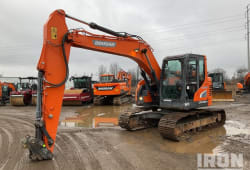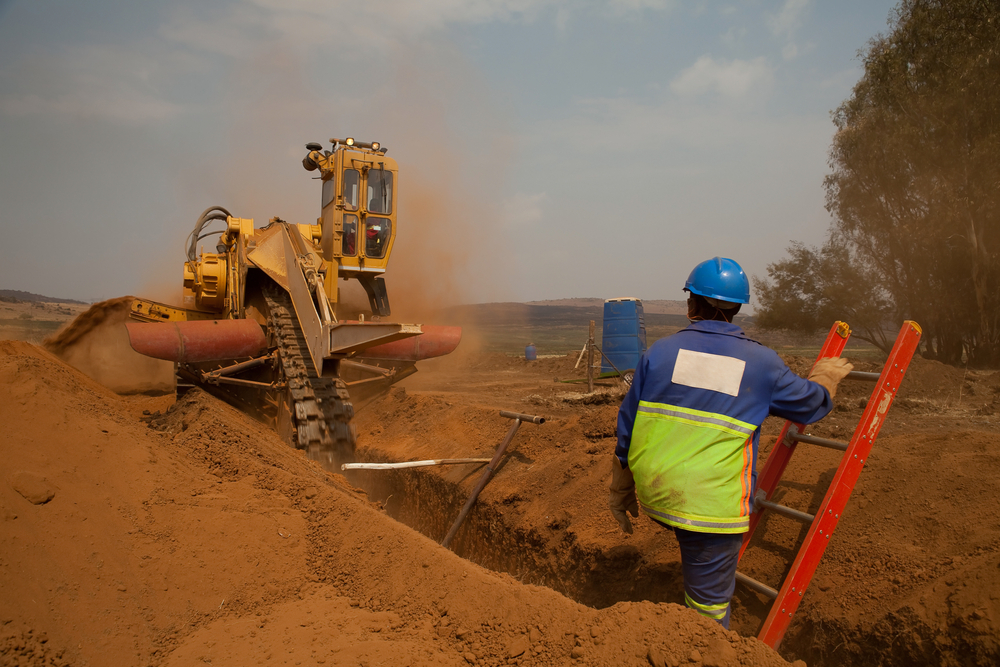BIM in Construction: What It Is and Why It Matters in 2025
4 Min read
)
May 12, 2025
As construction technology evolves rapidly, BIM in construction has emerged as a game-changer. Short for Building Information Modeling, BIM is not just a 3D modeling tool-it's a comprehensive process that improves collaboration, reduces waste, enhances project outcomes, and supports better decision-making across a project's lifecycle. In 2025, BIM is no longer optional-it's essential.
In this post, we’ll break down what BIM is, why it’s crucial in modern construction, and how it's transforming project management and design.
What Is BIM in Construction?
BIM in construction refers to a digital representation of the physical and functional characteristics of a building. It involves creating and managing information across the entire lifecycle of a construction project-from planning and design to construction and facility management. Unlike traditional blueprints, BIM models include layers of data that allow for simulations, cost estimation, and scheduling.
Think of BIM as a shared knowledge resource. All stakeholders-architects, engineers, contractors, and owners-can access and update the model in real-time, leading to smarter and faster decisions.
How Is BIM Useful in Construction?
:format(webp))
So, how is BIM useful in construction? Here are a few major ways:
Clash detection: Identifies conflicts between different systems (e.g., plumbing and HVAC) before they become expensive problems on-site.
Improved collaboration: Everyone involved in the project can access a single, centralized model.
Accurate cost estimation: BIM allows for detailed quantity takeoffs and budgeting.
Streamlined scheduling: 4D BIM includes time-related data, which helps with precise project planning.
Lifecycle management: Even after construction, the model is used for maintenance, renovations, and operations.
Levels of BIM Explained
Understanding the levels of BIM is key to adopting the technology effectively. Here's a quick overview:
Level 0: No collaboration; 2D CAD drawings only.
Level 1: A mix of 2D drafting and 3D modeling, but data is not shared.
Level 2: Collaboration begins with 3D models and shared data formats (like IFC).
Level 3: Full integration of models and real-time data sharing in a common data environment.
Level 4 and beyond: Integration with lifecycle management, facilities operations, and possibly smart city infrastructure.
In 2025, many advanced firms aim for Level 3 BIM to maximize ROI and efficiency.
The Role of BIM Software in Modern Construction
The power of BIM is unleashed through sophisticated BIM software. These tools facilitate model creation, data management, and collaboration. Some of the most popular platforms include:
Autodesk Revit - Widely used for architectural and structural modeling.
Navisworks - Ideal for clash detection and project review.
Graphisoft Archicad - Great for architectural workflows.
Bentley Systems - Often used in large infrastructure projects.
Trimble Tekla - Powerful for steel and concrete detailing.
Each software offers unique features, but they all aim to increase productivity and reduce errors on the jobsite.
BIM in Construction Management
BIM in construction management has revolutionized the way projects are planned and executed. Project managers use BIM to:
Coordinate logistics
Track real-time progress
Reduce change orders
Deliver projects on time and on budget
By integrating BIM into construction management systems, teams can make data-driven decisions that improve outcomes across the board.
Why BIM Matters in 2025 and Beyond
In 2025, BIM in construction is more than a buzzword-it's an industry standard. As demand for smarter, greener, and faster buildings grows, BIM provides the tools needed to meet those expectations. From improving sustainability to reducing rework and delays, BIM adds measurable value across every phase of a project.
Companies not adopting BIM risk falling behind. Those embracing it are leading the charge into a more efficient and innovative future.
Final Thoughts
Whether you're a construction professional, developer, or tech enthusiast, understanding BIM in construction is essential for staying relevant. As more firms realize its advantages, BIM will continue to evolve and shape the future of construction. Now’s the time to invest in the tools, training, and strategies to make BIM work for your projects.















